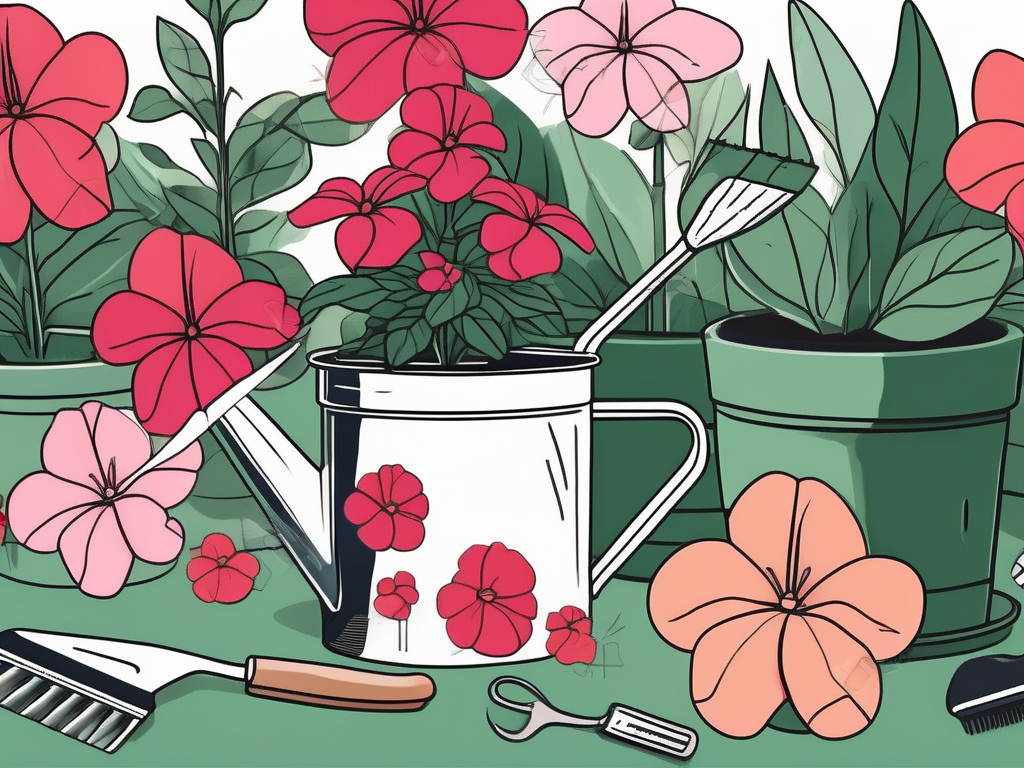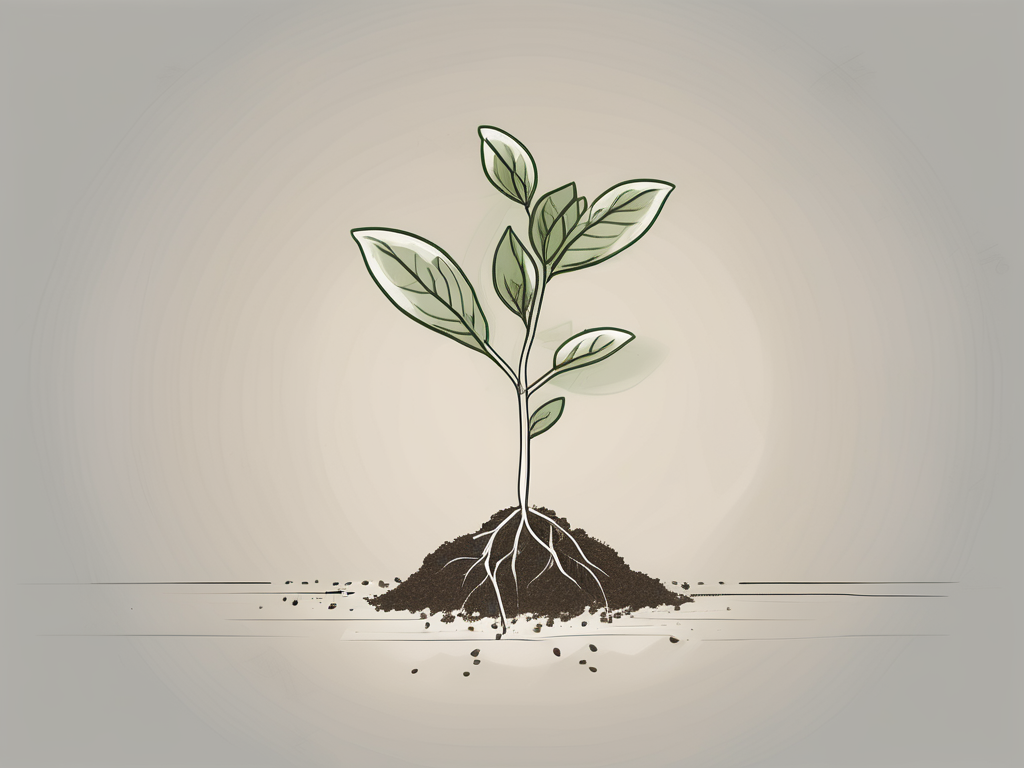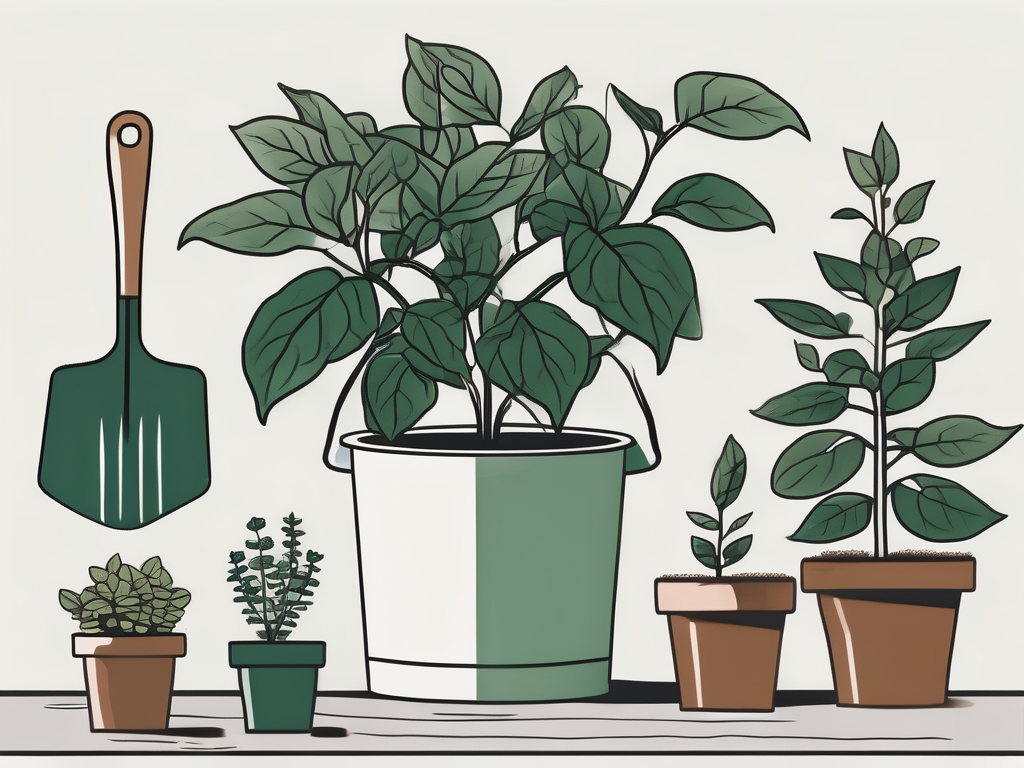
Impatiens are the kind of plants that can brighten up any corner with their vibrant colors and lush foliage. They’re known for their easy-going nature, but every plant needs a little extra love now and then, especially when it comes to repotting. Whether you're a seasoned plant parent or just getting started with your indoor garden, learning how to repot impatiens effectively can make all the difference.
In this article, we’ll walk through everything you need to know about repotting impatiens. From understanding when your plant needs a new home to choosing the right soil and pot, and even some troubleshooting tips for common issues, we’ve got you covered. So, let’s get started on giving your impatiens the best care possible!
When to Repot Your Impatiens
Timing is everything, especially with plants. Knowing when to repot your impatiens can ensure they thrive and continue to brighten your space. You might be wondering how to tell if it's time for a new pot. Here are a few signs:
- The roots are growing out of the drainage holes. If you notice roots peeking out from the bottom, it's a clear signal that your impatiens need more space.
- The soil dries out quickly. When the soil seems to dry out faster than usual, it could mean the roots have occupied most of the space in the pot, leaving little room for soil to retain moisture.
- The plant has stopped growing or looks unhealthy. Sometimes, a plant can become root-bound, which stunts its growth. If your impatiens aren't looking their best, it might be time for a repot.
Ideally, you should aim to repot during the growing season—spring or early summer—when the plant is most likely to recover quickly from the move. However, if your impatiens are in distress, don't wait. Address the issue as soon as possible to avoid further damage.
Choosing the Right Pot
Picking the right pot for your impatiens is like choosing the right pair of shoes—it needs to be a good fit. But how do you know what size or material to go for? Let's break it down:
Size Matters
When it comes to pot size, you want something that's about 1-2 inches larger in diameter than the current pot. This gives the roots room to grow without overwhelming them with too much space. Think of it as upgrading from a cozy studio apartment to a slightly larger one-bedroom.
Material Considerations
As for material, each type has its pros and cons:
- Plastic Pots: Lightweight and affordable, they're easy to move around. They also retain moisture well, which can be beneficial if you tend to forget to water your plants.
- Ceramic or Terracotta Pots: These are heavier and can prevent the plant from toppling over. They also allow the soil to breathe, which can be helpful if your impatiens are prone to overwatering.
- Self-Watering Pots: Ideal if you're often away or forgetful, these pots can help maintain consistent moisture levels.
Whatever you choose, make sure the pot has drainage holes. Good drainage is crucial to prevent root rot and keep your impatiens healthy.
Preparing for Repotting
Before you jump into repotting, a bit of prep work can make the process smoother and ensure your plant's health. Here’s how to get ready:
Gather Your Supplies
- New Pot: As discussed, choose a pot that’s the right size and material.
- Fresh Potting Soil: Opt for a high-quality potting mix designed for flowering plants. This ensures your impatiens get the nutrients they need.
- Gardening Gloves: These can protect your hands, especially if the plant has been in the soil for a while and the roots are tightly packed.
- Watering Can or Spray Bottle: For moistening the soil and watering the plant after repotting.
- Old Newspaper or Tarp: To keep your workspace clean and make cleanup easier.
Moisten the Soil
A day before you plan to repot, water your impatiens lightly. This softens the soil, making it easier to remove the plant from its current pot. It also reduces stress on the roots during the transition.
Setting up your workspace with everything you need before you start can save time and prevent unnecessary stress for both you and your plant.
Step-by-Step Repotting Process
Now that you're all set, it's time to get your hands dirty—literally! Here's a step-by-step guide to repotting your impatiens:
Step 1: Remove the Plant
Gently turn the pot on its side and support the plant by holding the base of the stem. If it's stuck, you might need to tap the sides of the pot or squeeze it slightly to loosen the soil. Avoid pulling the plant by its stem to prevent damage.
Step 2: Inspect the Roots
Once out of the pot, take a good look at the roots. Healthy roots are usually white and firm. If you see any brown, mushy roots, trim them with clean scissors or pruning shears. This prevents rot from spreading in the new pot.
Step 3: Prepare the New Pot
Add a layer of fresh potting soil to the bottom of the new pot. This creates a bed for the roots to settle into. Gently place your impatiens into the pot, ensuring it sits at the same depth as before.
Step 4: Fill with Soil
Add more potting mix around the plant, pressing lightly to remove air pockets. Be careful not to pack the soil too tightly, as this can restrict root growth. Leave about an inch of space from the top of the pot to allow for watering.
Step 5: Water Thoroughly
Give your newly potted impatiens a good drink of water. This helps settle the soil and reduces transplant shock. Ensure any excess water drains out completely.
And there you have it! Your impatiens are now ready to settle into their new home. With a bit of patience and care, they’ll be back to their blooming glory in no time.
Caring for Your Repotted Impatiens
Once your impatiens are tucked into their new pot, ongoing care is key to keeping them happy and healthy. Here are some tips to ensure they continue to thrive:
Light and Temperature
Impatiens prefer bright, indirect light. Direct sunlight can scorch their leaves, so it's best to keep them near a window with filtered light. They also enjoy warm temperatures, ideally between 65-75°F (18-24°C).
Watering Routine
Keep the soil consistently moist but not soggy. Overwatering can lead to root rot, so ensure good drainage and let the top inch of soil dry out between waterings. In warmer months, you might need to water more frequently.
Feeding Your Impatiens
During the growing season, feed your impatiens with a balanced, water-soluble fertilizer every 2-3 weeks. This provides the nutrients they need to produce vibrant blooms. Be cautious not to over-fertilize, as this can harm the plant.
By following these care tips, your repotted impatiens will continue to brighten your space with their cheerful blooms.
Troubleshooting Common Issues
Even with the best care, sometimes things don’t go as planned. Here are a few common issues impatiens may face and how to tackle them:
Leaf Yellowing
If the leaves start turning yellow, it could be a sign of overwatering or poor drainage. Check the pot's drainage holes and adjust your watering schedule. If the problem persists, you might need to repot again with fresh soil.
Pest Infestations
Impatiens can occasionally attract pests like aphids or spider mites. If you notice tiny bugs or webbing, treat your plant with insecticidal soap or neem oil. Regularly inspecting your plants can help catch issues early.
Wilting
Wilting can occur from both overwatering and underwatering. Check the soil moisture and adjust accordingly. If the plant is in a drafty area, relocate it to a more stable environment.
By keeping an eye out for these signs, you can address issues before they become serious, ensuring your impatiens stay healthy and vibrant.
Benefits of Repotting Impatiens
Repotting might seem like a lot of work, but it comes with plenty of benefits for both you and your plant. Here are a few reasons why it's worth the effort:
- Encourages Growth: Giving your impatiens more room allows the roots to expand, which can lead to a healthier, more robust plant.
- Improves Soil Quality: Fresh soil provides new nutrients and better drainage, which are essential for your plant’s well-being.
- Prevents Disease: Repotting helps remove old soil that may harbor pests or diseases, giving your plant a fresh start.
- Enhances Aesthetics: A new pot can complement your home decor and provide a more attractive setting for your impatiens.
So, while repotting might take a bit of time and effort, the rewards are well worth it. Your impatiens will thank you with lush growth and vibrant blooms.
Creating a Plant-Friendly Space
Once your impatiens are settled in their new pot, why not think about how they fit into your overall space? Houseplants like these can do wonders for your home decor. Here are some ideas to create a welcoming, green environment:
Group Plants Together
Creating a cluster of plants can make a striking visual impact. Group different types of plants with varying heights and textures to add depth and interest to your space. Your impatiens, with their vibrant blooms, can serve as the focal point.
Use Decorative Pots
Select pots that complement your interior style. Whether you prefer sleek, modern designs or rustic, handmade ceramics, the right pot can enhance the beauty of your plants and your home.
Play with Color
Impatiens come in a variety of colors. Use them to add pops of color to neutral spaces or to complement existing color schemes in your home. You can even coordinate the plant colors with your furnishings or artwork.
By incorporating your impatiens and other houseplants into your home decor, you not only enhance the aesthetic but also create a more inviting and calming environment.
Repotting Mistakes to Avoid
We all make mistakes, especially when trying something new. Here are a few common pitfalls to avoid when repotting your impatiens:
Choosing the Wrong Pot Size
Going too large can lead to waterlogged soil and root rot, while too small can restrict growth. Aim for a pot that’s just slightly larger than the current one.
Using Garden Soil
Garden soil can be too dense for potted plants, leading to poor drainage. Always use a high-quality potting mix designed for container plants.
Overwatering After Repotting
While it’s important to water your plant after repotting, avoid overdoing it. Ensuring the pot has good drainage and only watering when the top inch of soil is dry can prevent issues.
Being mindful of these mistakes can help set your impatiens up for success, ensuring they thrive in their new pot.
Final Thoughts
Repotting impatiens might seem like a bit of a task, but with the right approach, it can be a rewarding experience. From choosing the right pot to understanding how to care for your plant afterward, each step contributes to the overall health and happiness of your impatiens.
At Cafe Planta, we're passionate about helping you care for your plants. Whether you're looking for new additions to your collection or advice on plant care, we're here to support you. If you have any questions, feel free to email us or send us a message on Instagram. Let's keep growing together!












